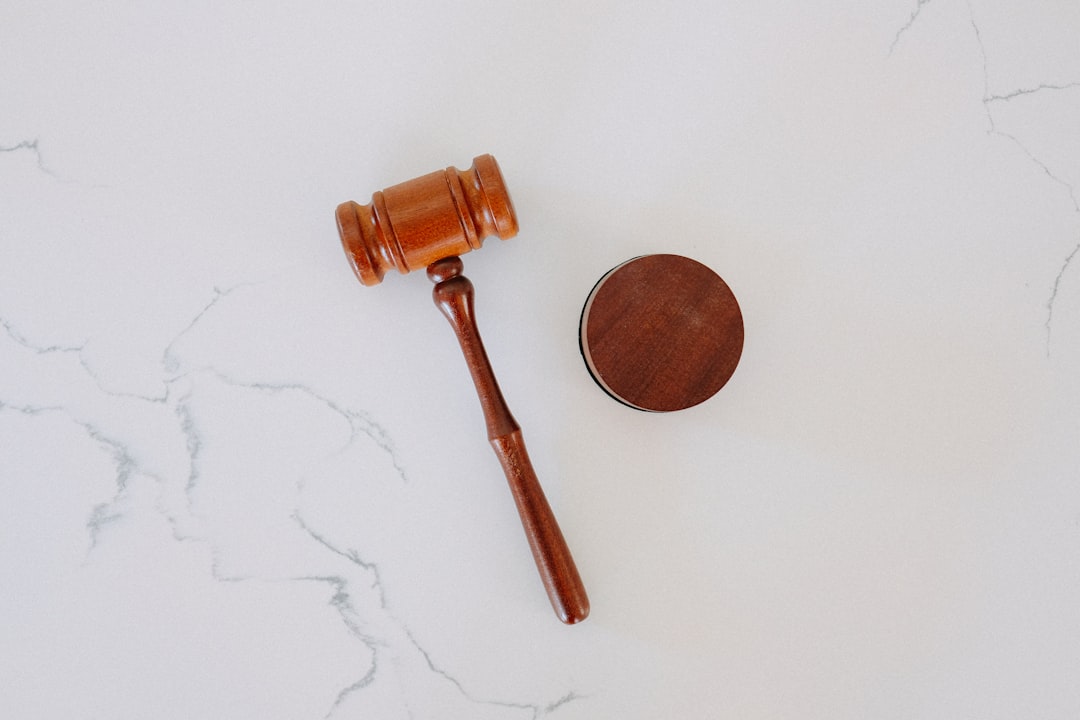What is it about?
Do you remember the period when you were between 12 and 18 years old? In this turbulent period, you switched schools, needed to make new friends, and perhaps struggled with finding your social position in class. Adolescents are faced with many new decisions and behaviours while feeling uncertain about how to behave. Think about the first moment someone offers you alcohol: do you take it? Or what about decisions with a higher impact? How much time will I spend on studying? Will I get a vaccination? In our and others' experimental work, it has been shown that peer influence plays a major role in the behaviour of adolescents, including in their tendency to take risks. In this work, peer influence is frequently portrayed as undesirable and involuntarily (e.g., peer pressure), with the adolescent portrayed as passive receiver of social information (i.e. the choices or judgement of others). However, peer influence is also driven by the motivation of adolescents to observe and learn from others (e.g., when choosing a new school or trying out drugs for the first time). In our two-fold behavioural experiment, we focused on the adolescent as an active agent to provide new insights about when and why they seek and adopt social information. In our experiments, 267 adolescents performed a risky decision-making task in class. In this task, adolescents were able to reveal the choices of their classmates before deciding on their final choice. Indeed, whether adolescents consult others is a rational two-step process in which adolescents first decide whether they need information of others, followed by the decision to stop collecting information. We found that adolescents are motivated to see other’s choices when a choice is difficult, uncertain, or has a high reward at stake. Adolescents tend to explore the choices of their social environment more when they face choices that are not in line with their initial choice preference.
Featured Image

Photo by 胡 卓亨 on Unsplash
Why is it important?
The way adolescents seek information might have a great impact on their future behaviour. For example, consulting daredevil peers would stimulate risk-taking behaviour, while risk-averse peers would refrain from such behaviour. Knowledge about when adolescents consult others will help in understanding peer influence during this crucial life stage. Awareness among adolescents about when and who they observe to guide their behaviour will help in fostering adaptive strategies for social information use.
Perspectives
Social influence is not a bad thing per se; we can also learn from each other. A starting point for increasing the benefits and adaptiveness of social influence is to learn about adolescents' social learning strategies. I would like to help teens think about the social sources that guide their behaviour and challenge them to think about whether they can really learn and profit from these social sources.
Scarlett Slagter
University of Amsterdam
Read the Original
This page is a summary of: Adolescents seek social information under uncertainty., Journal of Experimental Psychology General, January 2023, American Psychological Association (APA),
DOI: 10.1037/xge0001299.
You can read the full text:
Contributors
The following have contributed to this page










